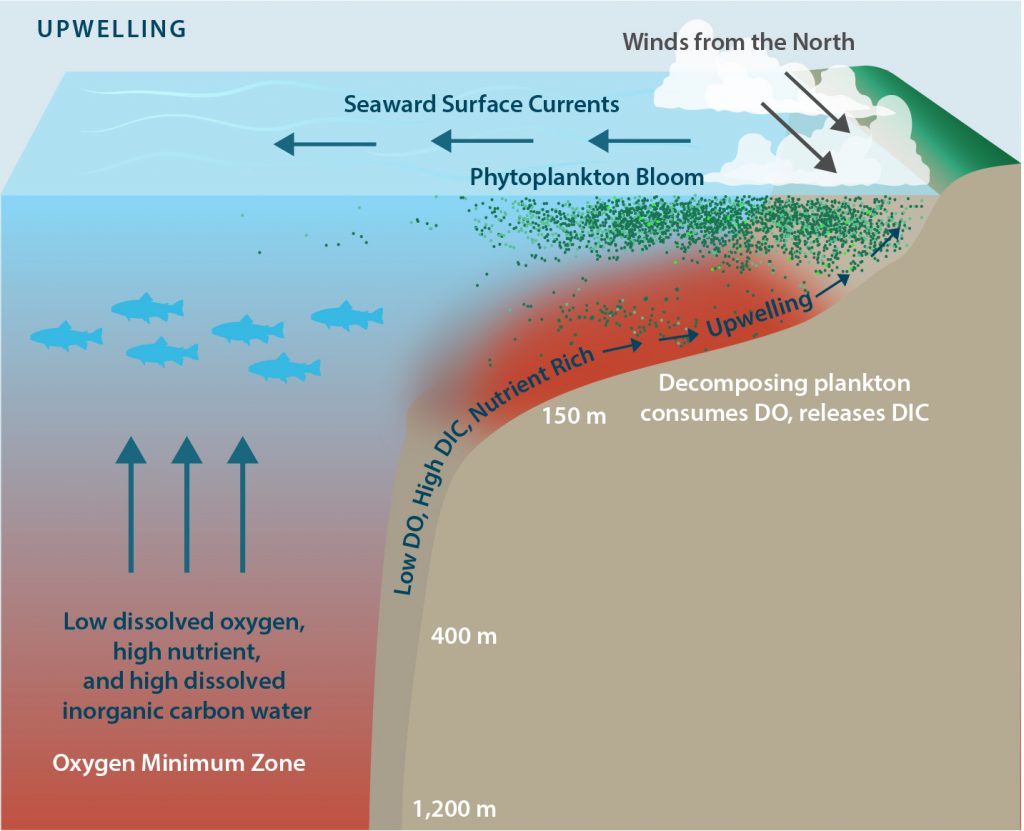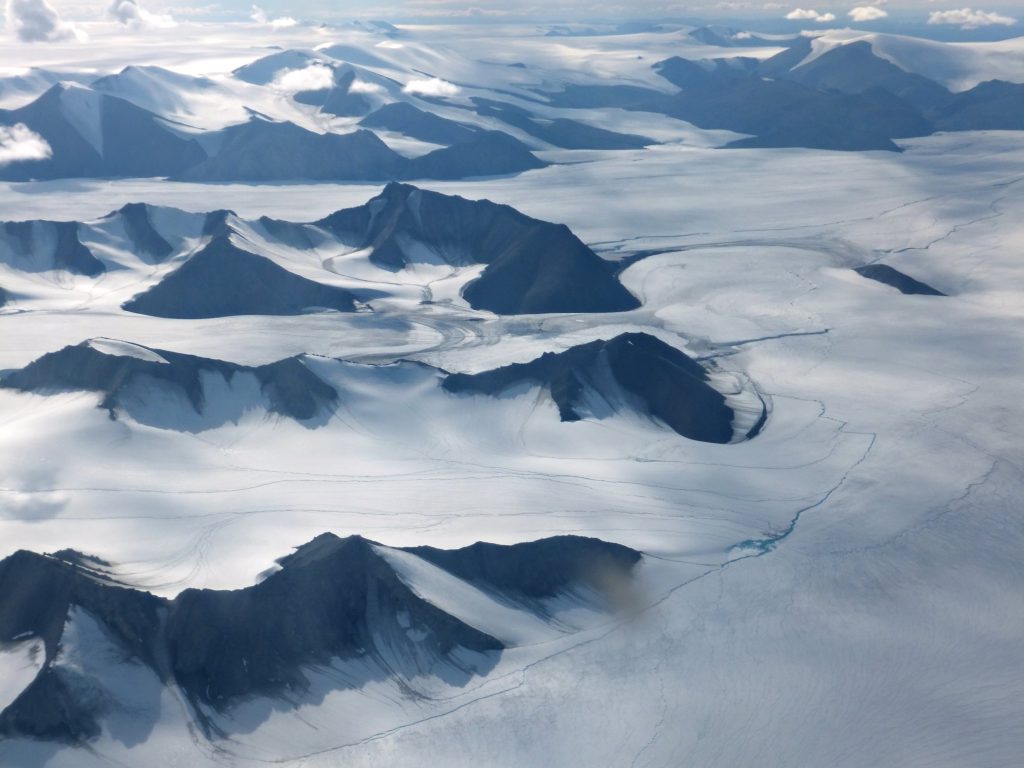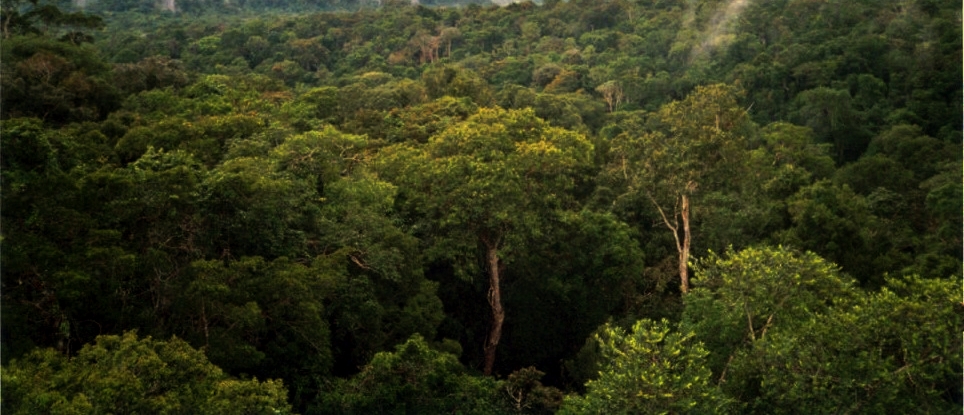In this age of global climate change, and amongst the deniers, te taiao – the environment, is ever-changing and ever-important. It has recently come to the fore in a hugely political movement, globalised since the first speech of Swedish teen activist Greta Thunberg. This blog series will look at three aspects of climate change. Firstly, the scoop on global climate change issues, secondly on local or Aotearoa-based climate issues and thirdly, how yourselves as rangatahi can enact change against the climate crisis.
Firstly, the global picture
Acidification of our oceans
Due to the vastly industrialised world, and the ever-increasing pollution from factories and car exhausts, our oceans are becoming acidified. This is because the oceans absorb 30 per cent of the carbon dioxide released from land use and emissions (Ocean Service, 2020). It means we have less organisms in the sea, and people’s livelihoods will be affected. The behaviour of non-calcifying creatures are also affected, leading to different catchments being available. It affects directly the coral reefs, which provide amazing habitats for many sea-going creatures, and the acidic waters are actually dissolving some sea creatures shells right now (Bennett, 2020).
Salinity of water bodies i.e. lakes
Due to the salination effects on waterways from climate change, the waterways have increased in temperature about 2-4 degrees since the 1960s (Cheng L. et al. 2020). This has meant an ever-increasing salination rate, causing widespread damage to local aquatic and marine populations. What this means is that areas will become drier than before, eliminating vital habitat for various creatures, and a lessening of resources for humans to consume.
Melt-ice, and polar caps
In 2015, the global temperature rose 1 degree Celsius warmer than 150 years ago in Victorian times being of the Industrial Revolution in Europe. This, alongside the rise of aerosol pollutants during the early and mid 20th Century, as well as the ongoing pollutant spikes thereafter that we are seeing today (HRH The Prince of Wales et al. 2017) has caused the temperature increase to excel faster than the natural cycles of the Earth’s climate. If it rises to 1.5 degrees Celsius, a 0.5 degree increase, life on this planet will be irreversibly changed.
The impact we are facing could see the normally frozen-over Arctic Sea ice cap, the North Pole, be permanently unfrozen over the next fifty years. The Arctic permafrost layers, in Canada especially, are also thawing at an alarming rate faster and sooner than the 70 years predicted (Romanovsky, 2019).
Although this will not contribute to sea-level rises, the thawing of the Arctic will change the weather patterns and increase the chance of flooding (HRH, 2017) – particularly dangerous to many urbanised coastlines, such as Hong Kong.
Deforestation
This is a critical issue, because trees not only convert carbon dioxide into breathable oxygen, they also provide vast swathes of habitat for wildlife. In 2019 it was revealed that around 17% of the Amazon over the last fifty years has been destroyed for cattle farming (WWF, 2020). The Amazon alone produces 12% of breathable oxygen levels, and the deforestation of this precious rainforest amounts to around 20% less air recycling in those recorded deforested areas.
This global picture affects us all, and leads into how in Aotearoa, we too are battling against a changing climate driven by global and local pollution. In the next blog post, we will look at how these issues and others, affect Aotearoa and our sense of kaitiakitanga before concluding in the final part with what you can do in the fight against climate change.
References
Bennett, Jennifer (2020) Ocean Acidification. Smithsonian Institute. USA
(Ocean Acidification | Smithsonian Ocean (si.edu))
Cheng L., K. E. Trenberth, N. Gruber, J. P. Abraham, J. Fasullo, G. Li, M. E. Mann, X. Zhao, Jiang Zhu, 2020: Improved estimates of changes in upper ocean salinity and the hydrological cycle. Journal of Climate.
HRH Prince Charles, the Prince of Wales; Juniper, Tony; and Shuckburgh, Emily (2017) Climate Change. Ladybird Books. UK
Ocean Service. “What is Ocean Acidification?”. National Oceanic and Atmospheric Administration. USA
Romanovsky, Vladimir; and Farquharson, Louise (2019) Permafrost Canada. University Alaska Fairbanks. USA
World Wildlife Fund (2020) Deforestation and Forest Degradation: An Overview. WWF. USA (Deforestation and Forest Degradation | Threats | WWF (worldwildlife.org)







Comments are closed.